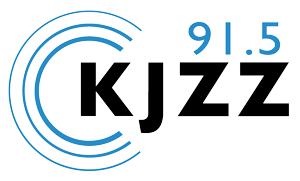 NASA’s ECOSTRESS instrument on June 19, 2024, recorded scorching roads and sidewalks across Phoenix where contact with skin could cause serious burns in minutes to seconds, as indicated in the legend.
NASA’s ECOSTRESS instrument on June 19, 2024, recorded scorching roads and sidewalks across Phoenix where contact with skin could cause serious burns in minutes to seconds, as indicated in the legend.
Asphalt absorbs a lot of heat from the sun. And new thermal infrared images from NASA show just how hot Phoenix streets can be on triple-digit days.
NASA used a thermal radiometer on the International Space Station to capture surface temperatures in central Phoenix. A new map shows streets across the city color-coded to illustrate temperatures.
The data was recorded on June 19, when the daily high was 106 degrees, but the map shows asphalt across the city that day was between 120 and 160 degrees.
Surface temperatures that hot can cause severe contact burns within minutes or seconds. The Arizona Burn Center – Valleywise Health reports it has seen a dramatic rise in these types of injuries over the past few years. Among the 136 patients treated for these burns last year, the average hospital stay was 12 days. About 10% of those patients died as a result of their injuries, the hospital reports.
The NASA data shows vegetation can make a big difference in surface temperatures. Streets around Encanto Park and other large green spaces in central Phoenix were the coolest areas of the new map, while neighborhoods with less green space, such as Maryvale and the area surrounding Sky Harbor Airport, were the hottest.


By submitting your comments, you hereby give AZPM the right to post your comments and potentially use them in any other form of media operated by this institution.